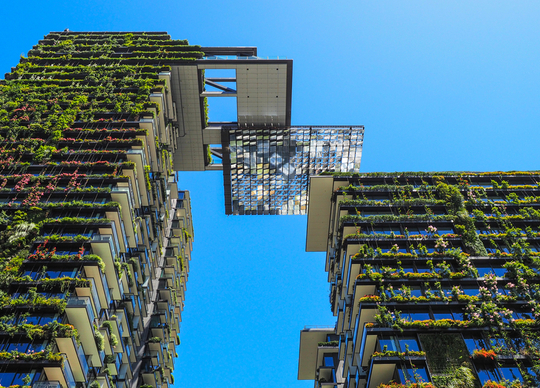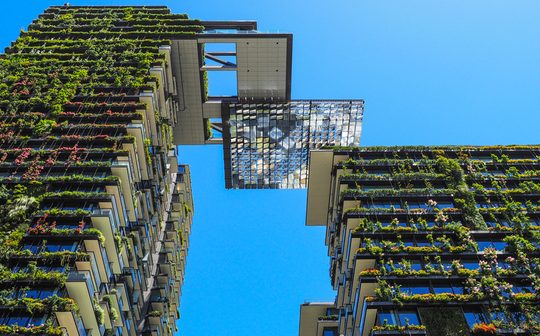
By Staff Writer.
Cities only occupy about 3% of the earth’s surface, but they will house over two-thirds of the world’s population by mid-century. This will pose significant social, environmental, and economic challenges. A solution is smart cities, where quality of life, economic value creation, and sustainable practices combine to create densely packed but highly liveable urban places.
Governments, urban designers, and town planners globally are already pursuing smart city strategies, and the momentum will continue throughout 2022.
Central to the smart city concept is compactness. This often falls under the ’15-minute city’ banner. For people with big commutes, the idea of having most amenities and services, including workplaces, within 15 minutes of home is intuitively attractive.
Less time travelling improves a person’s quality of life, cuts down on congestion, reduces emissions, and saves money. But the 15-minute city is not without its challenges. In cities like Sydney and Melbourne, many people cannot afford to live within 15 minutes of their workplace or other day-to-day services.
As a short-term fix, the trend towards smaller living spaces is already underway. In heavily populated parts of Sydney, developers are eyeing building apartments as small as 12 square metres, arguing it is one solution to creating affordable housing close to workplaces.
The smart city concept takes this further. In the US, developers are trialling building homes using 3D printers. In 2022, California-based Mighty Buildings will construct 15 homes using 3D printers. Aside from design flexibility and building speed, construction costs will fall dramatically – making the idea of a 15-minute city more viable and affordable.
Embedded in the smart city strategy is the circular economy and local production. Tightly packed urban neighbourhoods can’t produce everything – steel, grain, and cement, for instance. But local bakers can produce bread. Local shoemakers can make shoes, and local cabinet makers can make tables.
Already many urban communities run by local campaigns. Of course, this relies on residents wanting what’s locally produced and having the income to purchase it. It will never be an entirely closed economic loop, but the circular economy and local production trend is growing and expected to keep gaining strength in 2022.
These three smart city trends are lifestyle-oriented – short commutes, affordable modern housing, and locally sourced and produced goods. However, this is all built on sophisticated tech and AI platforms. They are, if you like, an outcome rather than a process.
One smart city process we already see on the rise is surveillance – not just CCTV but digital footprints and handshakes surveillance via our exploding day to day use of smartphones apps.
Governments can use this data to make people’s lives easier. They can also use it to monitor, prevent, and reduce crime (which has clear lifestyle benefits). NSW Police Commissioner Mick Fuller points to advances in electronic footprints, the ubiquity of CCTV, and DNA advances as reasons why cities have become safer in recent years.
As urban residents become more accustomed to surveillance over 2022 and beyond, one of the payoffs will be falling urban crime levels.
The smart cities strategy is a long-term game, and most large Australian cities are onboard at government level. But it is an evolving strategy. As new technologies, better AI, and new ways of using data emerge, the smart city concept will keep taking strides forward.






